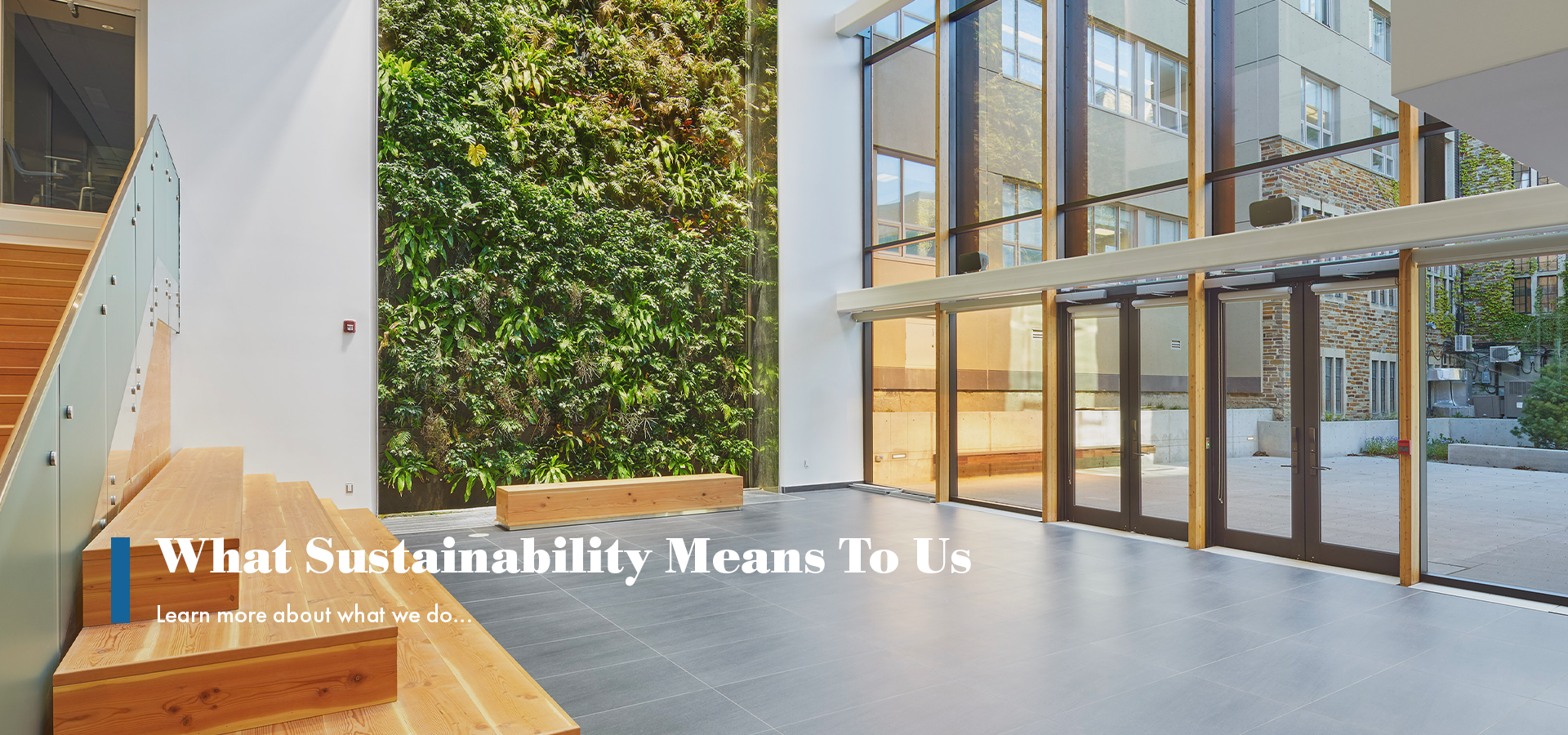Changes to the Vancouver Building By-law (VBBL) and the City of Vancouver Energy Modelling Guidelines have officially been submitted. Eric Rubli and Jakub Policht walk us through the City of Vancouver’s Climate Emergency New Buildings Update.
Changes to the VBBL and the City of Vancouver Energy Modelling Guidelines aim to further the City’s goal of reaching zero carbon on all new developments by 2030, and will have a significant impact on the way buildings are designed in the City of Vancouver. The City is demonstrating leadership by taking strides to address climate change and although these changes are specific to Vancouver, jurisdictions all over Canada may follow similar steps like we have seen in the past.
Below is a summary of the broader goals of The Climate Emergency New Buildings Update:
- Minimum 50% Greenhouse Gas Intensity (GHGI) reduction by 2023 over a fossil fuel-based code reference building.
- Embodied carbon reporting and set performance limits by 2023.
- Inclusion of refrigerant life-cycle emissions in GHGI Limits by 2023.
- Use of MERV-13 filters for Ventilation Air by 2023 to address smoke-related heath concerns from the recent forest fires that have and may continue to impact British Columbia and other parts of North America.
- Require mechanical cooling for all Part 3 Homes by 2025.
The Climate Emergency New Buildings Update will be presented to City Council on May 18th, 2022 and will pend approval thereafter.
Click below to see a full outline of the current and proposed changes:
Current
Proposed
To help you plan your upcoming project schedules, we’ve created a brief(-ish) summary. We encourage you to keep this summary update handy as we navigate these changes together.
Vancouver Building By-Law Update (2023)
Effective date: July 1st, 2023
What’s changing?
1. Update Energy & Emissions Performance Requirements
Maximum energy use and emissions intensities have been continuously updated to reflect the long-term energy efficiency plans put forward by the City of Vancouver’s Climate Emergency Action Plan. The following tables illustrate the performance criteria (effective January 1, 2022), along with the updates proposed to take effect on July 1, 2023.
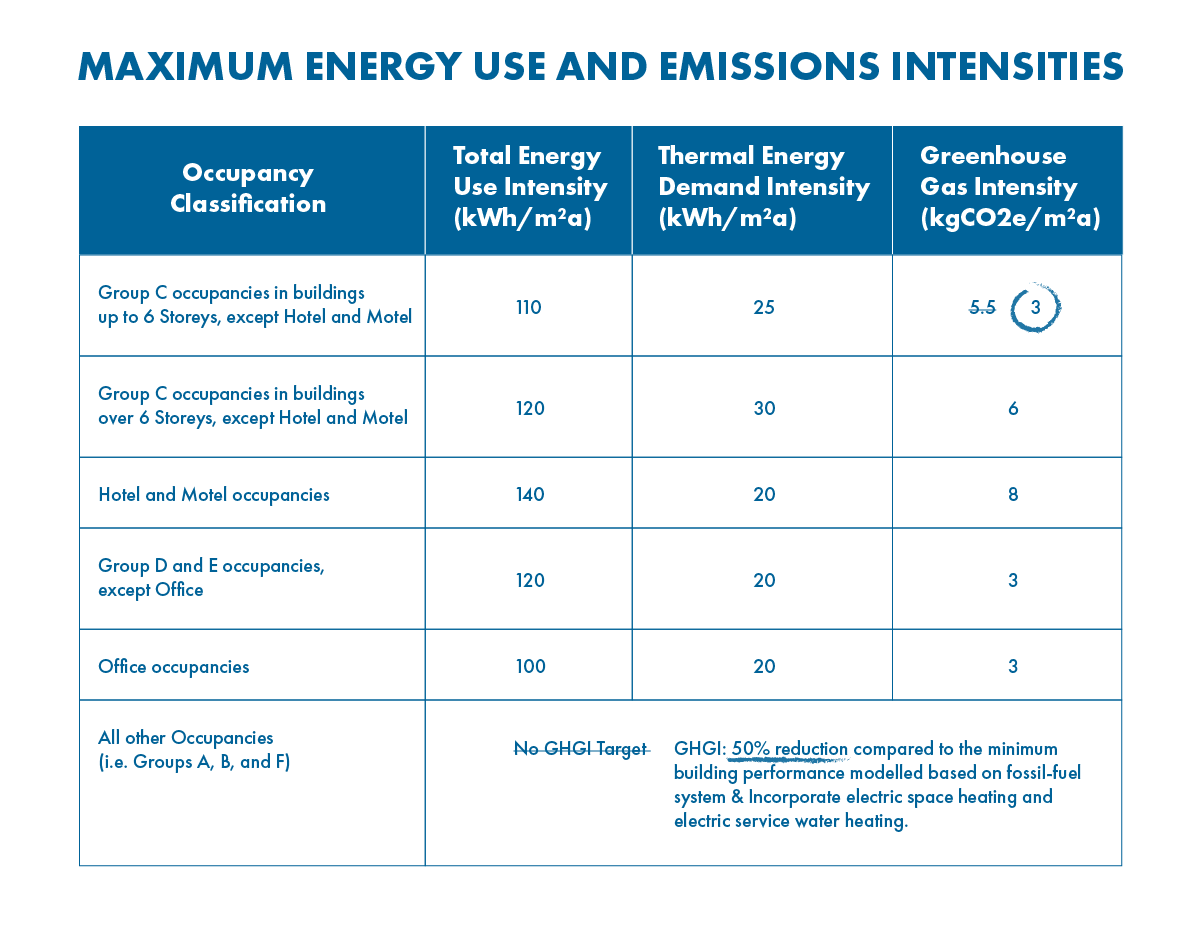
Table 10.2.2.5.A1 Maximum Energy Use and Emissions Intensities
In addition to the criteria listed in Table 10.2.2.5.A1 above, the Vancouver Building By-law offers three additional paths to compliance.
1.1 Compliance with the GHGI limits in Table 10.2.2.5.A1 is not required if a building can demonstrate that the performance values of the proposed building comply with the Total Energy Use Intensity (TEUI) and Thermal Energy Demand Intensity (TEDI) limits in Table 10.2.2.5.B below.

1.2 Compliance with the TEUI and TEDI limits in Table 10.2.2.5.A1 is not required if a building is connected to a low carbon energy system (LCES), and can demonstrate that the performance values of the proposed building comply with the limits in Table 10.2.2.5.C below. A low carbon energy system supplies heat energy primarily from highly efficient and renewable sources that meets the requirements set forth in the City of Vancouver’s Low-Carbon Energy Systems Policy.
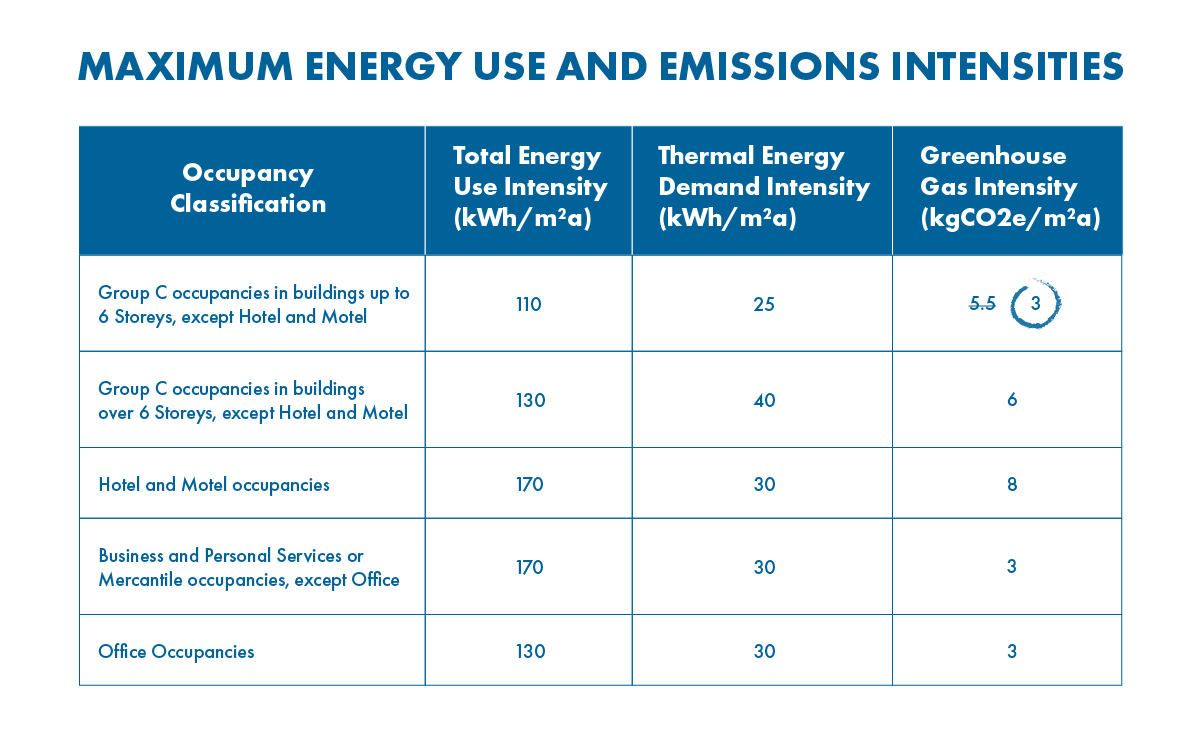
Table 10.2.2.5.C Maximum Energy Use and Emissions Intensities
1.3 Buildings and major occupancies designed and constructed in conformance with the Passive House Standard must satisfy Building Code requirements in lieu of requirements listed in Table 10.2.2.5.A1.
2. Embodied Carbon Reporting
Currently, the Vancouver Building By-law does not have any mandate for the reporting of embodied carbon performance. However as of July 1, 2023, all new Part 3 buildings (i.e. more than three storeys in height or 600 square metres) will be required to calculate the embodied carbon performance of the proposed building as compared to a functionally equivalent baseline.
Embodied carbon refers to the greenhouse gas emissions associated with building materials, including manufacturing, transportation, installation, maintenance, and disposal throughout the whole lifecycle of a building. Materials like wood and timber have a low embodied carbon. The City of Vancouver Embodied Carbon Guidelines are currently in draft form, and we anticipate that they will be made public later this year. In the meantime, we encourage you to read the paper below for more information on how to reduce embodied carbon emissions in preparation for this change.
Policy Research on Reducing the Embodied Emissions of New Buildings in Vancouver
All new Part 3 buildings must be designed and constructed to achieve embodied carbon performance not more than 100% greater (i.e. worse) than that of the baseline.
3. Copy Overheating Limits of Passively Cooled Building into the Vancouver Building By-law
The Vancouver region has previously been able to rely on cool nights to provide relief from hot days, however overheating risks are increasing across Canada as the climate warms. The Vancouver Building By-law will incorporate a maximum number of “overheated” hours, per ASHRAE 55 Section 5.3. By introducing this change, spaces with vulnerable groups may be required to introduce mechanical cooling to achieve thermal comfort needs. Other spaces may need to investigate less strict measures such as solar shading, minimizing internal gains, dynamic glass, effective methods of natural ventilation, etc.
4. Filtration of Ventilation Air
A minimum of MERV 13 filters will be required. By increasing the MERV rating, energy use increases as a result of the increased fan energy required to maintain static pressure and airflow. Although this seems counterintuitive when addressing climate resiliency, it becomes a necessity when one considers future outlooks for the region. Upgrading to a filter rated MERV 13 or higher can be especially important during smoky periods to effectively remove fine particle pollution in indoor air. With the extended seasons of wildfire in British Columbia as well as the COVID-19 pandemic, providing fresh ventilation air becomes more and more critical.
City of Vancouver Energy Modelling Guidelines v2.0
Effective date: No later than July 1st, 2023
What’s changing?
1. Include Refrigerant Life-cycle Emissions in GHGI Limits
With the global shift to electrification, there has been an increased use of refrigerants. Many heating and cooling systems we see today include refrigerants which offer high efficiency and low Global Warming Potential (GWP) however, all sealed systems leak. It’s the rate at which a system leaks (and how to minimize the rate) that makes a difference. Without public policy on the refrigerant leakage rate, we run the risk of not only direct adverse effects on the climate, but also indirect adverse effects due to reduced system efficiency and increased power consumption.
David Bostock FinstR, GEA Refrigeration UK Ltd illustrates these consequences well through the figure included below.
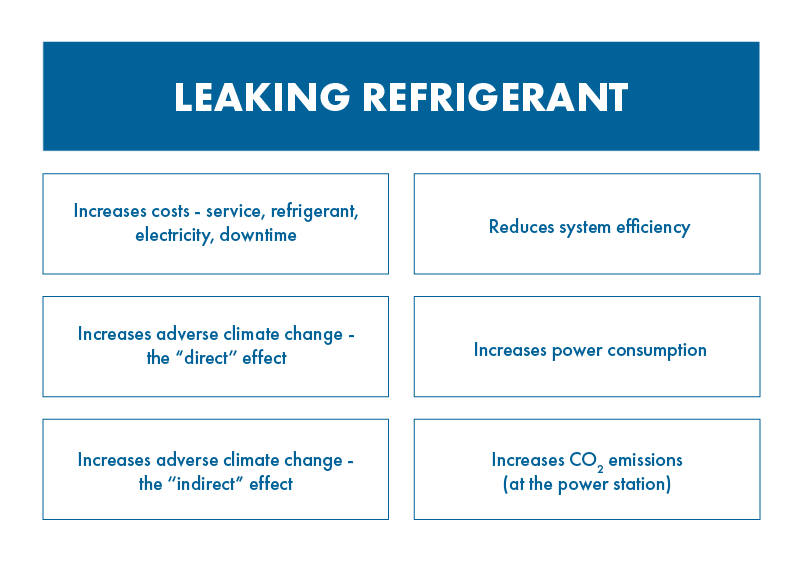
IOR, David Bostock, “Refrigerant Loss, System Efficiency and Reliability – A Global Perspective”
You can read the full paper here:
Refrigerant Loss, System Efficiency and Reliability – A Global Perspective
City of Vancouver Energy Modelling Guidelines v2.0 is set to include the calculation of the life-cycle equivalent annual carbon dioxide emissions resulting from assumed refrigerant leakage. GHGI-R* [kgCO2e/m²a], is to be counted in the whole building GHGI limits shown in Tables 10.2.2.5.A1 and 10.2.2.5C.
*Where GHGI-R: Greenhouse Gas Intensity Impact of Refrigerants
2. TEDI and GHGI Adjustments for Corridor Pressurization
All buildings need fresh outdoor air to help control odours, humidity, and the build-up of other potentially harmful gases. In multi-unit residential buildings, fresh air, or make-up air for hallways and corridors, is typically provided by a corridor pressurization system. The higher air pressure limits odours and potentially harmful pollutants from circulating between areas of the building.
To account for this additional fresh air, the City has allowed the energy modellers to calculate the maximum allowable credit which can be used to help push a project into compliance. The adjustment factor limits are decreasing where the TEDI and TEUI credit decreases by 50% and the GHGI credit is removed. This decrease is significant as it leads the building design to more stringent ventilation strategies and/or improved building envelope performance.

Vancouver Building By-Law (2025)
Effective date: January 1st, 2025
What’s changing?
1. Update Energy & Emissions Performance Requirements
New requirements for energy and emissions performance are expected to play a key role in the 2025 update to the Vancouver Building By-Law. The following tables illustrate the performance criteria anticipated for July 1, 2023 along with the proposed updates for January 1, 2025.
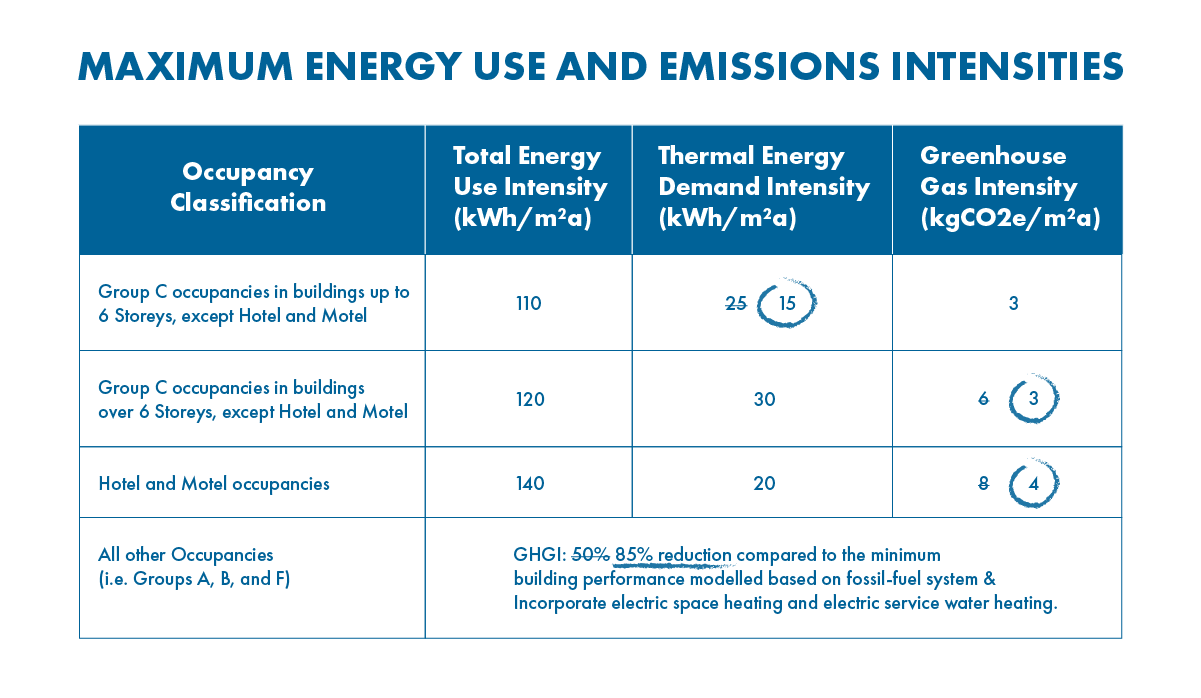
Table 10.2.2.5.A1 Maximum Energy Use and Emissions Intensities
Low Carbon Energy System Updated Requirements:
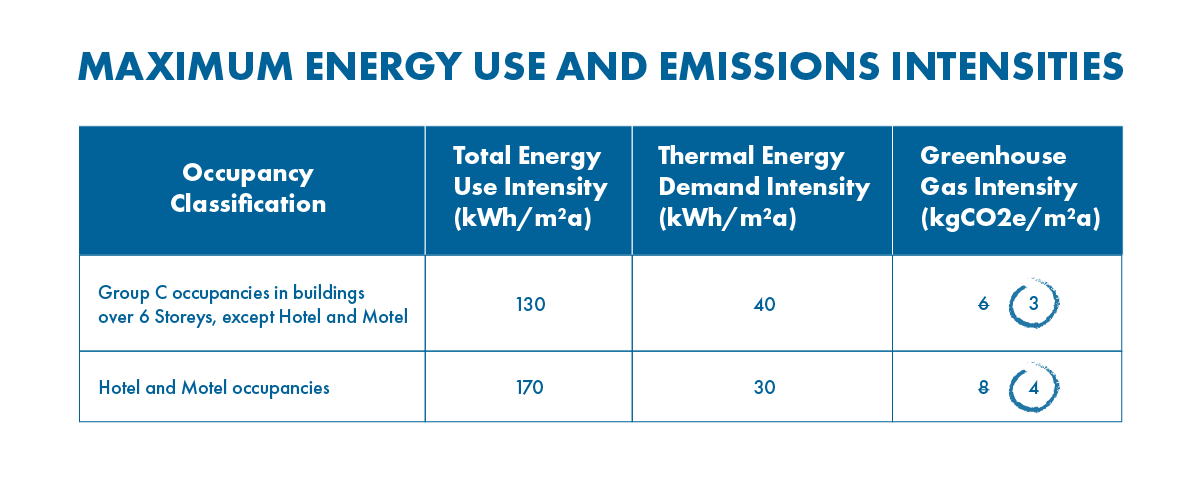
Table 10.2.2.5.C Maximum Energy Use and Emissions Intensities
NOTE: The tables above only show the rows with changes, not the entire table in its final state. Other rows in the existing tables will remain unchanged.
2. Embodied Carbon Reporting
Continuing the 2023 introduced embodied carbon reporting, the 2025 VBBL looks to increase the requirements as follows:
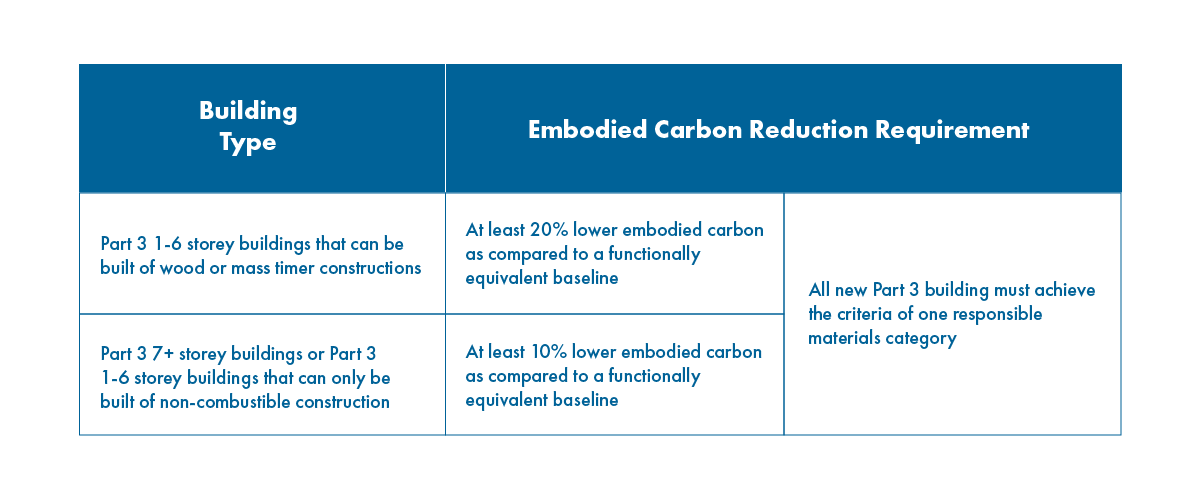
3. Require Mechanical Cooling for all Part 3 Homes
All dwelling units within Part 3 buildings must be served by active mechanical cooling capable of maintaining an indoor air temperature of 26°C with the windows closed. As of 2022 the VBBL does not require active mechanical cooling for dwelling units.
Ramping Up
In short, Vancouver’s proposed updates are a step in the right direction. The proposed and anticipated changes will serve to lead other jurisdictions to continued action in response to climate change. The Climate Emergency New Buildings Update will be presented to City Council on May 18, 2022.
Eric Rubli is a trusted sustainability expert and a Certified Passive House Designer. His diverse experience includes work in residential, education, and civic market sectors.
Jakub Policht’s project experience includes a primary focus on BC Energy Step Code residential, office, and retail buildings. He has a Bachelor of Engineering degree as well as a LEED Green Associate certification.

